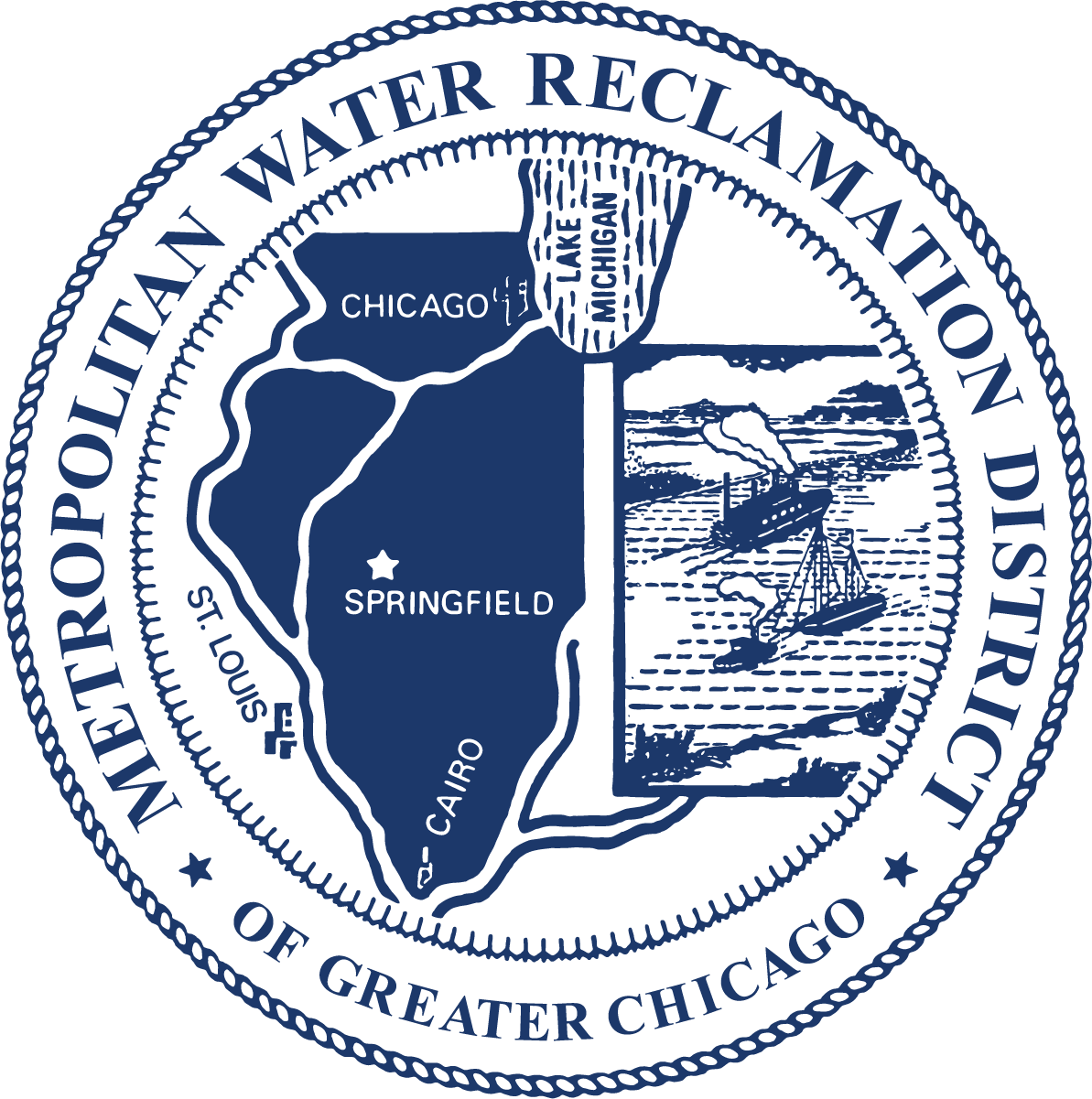"The 125-Year-Old Chicago Sanitary and Ship Canal Reversed the Chicago River, Now It Needs to Shed That Image," WTTW
WTTW: It’s been 125 years since the Chicago River was famously reversed by creating the 28-mile Chicago Sanitary and Ship Canal, which carried sewage away from Lake Michigan — the city’s source of drinking water — and sent it downstream.

This impressive feat of engineering not only safeguarded Chicagoans’ public health but it also transformed the city economically, opening up new opportunities for commerce via a connection to the Mississippi River.
For downstream communities, though — places like Lemont, Summit and Lockport — the canal has always carried a whiff of the unsavory.
“When I talk to the mayors up and down that corridor, they said, ‘It’s really hard to get developers to come in and make their development anywhere near the ‘sanitary canal,’” U.S. Rep. Bill Foster (D-11th) said at a celebration held Friday to mark the canal’s historic anniversary.
It’s the word “sanitary” that’s the sticking point, and all of the outdated assumptions associated with it, Foster said.
So a push is underway to rename the canal to perhaps something less, frankly, sewage-adjacent. The movement has the backing of the Metropolitan Water Reclamation District, Friends of the Chicago River, the Chicago Park District, Cook County government and municipalities located along the channel.
“Now is the time to re-envision, reimagine and redefine what the Chicago Sanitary and Ship Canal can be for the next 125 years,” said Sergio Rodriguez, mayor of Summit.
Without further ado, here are the six names being considered for the canal, including the option to keep it as is:
- Chicago-Lockport Canal
- Chicago Portage Canal
- Chicago Shipping Canal
- Illinois Prairie Canal
- Southwest Canal
- Chicago Sanitary and Ship Canal
Voting is open to the public through Nov. 7 and the winner will be announced Nov. 24. It would then be submitted to the U.S. Board on Geographic Names for approval.
Changing the name, proponents said, is more than just window dressing. Real environmental progress has been made, not only in terms of wastewater treatment by MWRD, but in the health of habitat along the canal.

“There’s opportunity all along the canal. We know we have clean water, we have a ton of wildlife, we have people demanding to use the waterway, and not necessarily on the water but near the water,” said Margaret Frisbie, executive director of Friends of the Chicago River. “The ‘sanitary’ piece is really pretty much over. So what else can we offer? We can provide places for people to enjoy nature.”
The chain of parks and trails that have grown up alongside the Fox River over the past 40 years serves as an example for what the future of the canal corridor could look like, Foster said.
“It had a bunch of dead factories along the side,” he said of the Fox. “And it went from being something where no one talked about it or was interested in it to something that was a real economic engine for every one of the cities along the Fox River. And the goal here is to replicate that.”
Lemont has already converted vestiges of its industrial past into present-day amenities like The Forge, an outdoor adventure park on the site of a former quarry. The village is also preparing to open a park this fall on the site of a one-time brownfield, according to Mayor John Egofske.
“We’re going to have a 300-foot biking and pedestrian bridge going over the canal,” Egofske added.
But when weighing proposals for development along the canal, officials also need to take into consideration the fact that the waterway is still very much used for shipping.
Derek Egan, CEO of Northern Marine, is the third generation of his family to operate barges on the canal. Today, he estimates his company — headquartered in Lemont — is responsible for handling 40% of the freight moving in and out of Chicago.
Ashpalt, concrete, de-icer for Midway and O’Hare airports, road salt — millions of tons of the stuff makes its way into Chicago via barge.
“We are the unsung industrial engine,” Egan said. “We operate 365 days a year. We’re kind of like mailmen except we move bigger packages.”
As the canal has evolved, so has Northern Marine, switching to biodiesel fuel and electric cranes, on top of already being fundamentally green — a single barge taking 50-70 trucks off the road, he said.
“Collaboration and awareness is key to all the waterway users, as long as there’s a happy co-existence between industrial, commercial and residential needs,” Egan said. “We all need to be here.”
Foster witnessed exactly that mix of commerce and tourism thriving side by side while cruising the Danube and Rhine rivers in Europe a decade ago. The experience ultimately prompted his interest in rechristening the canal to broaden its appeal.
“My long-term dream is to get big boatloads full of drunken German tourists to load on in downtown Chicago and travel, stopping all the way along, to go to a rock concert in the Blues Brothers prison in Joliet,” Foster said. “That’s the end game here.”
Is there a single name that can encompass all that history, all those interests and uses?
As long as it doesn’t include the word “sanitary” or “unsanitary,” Foster said.
